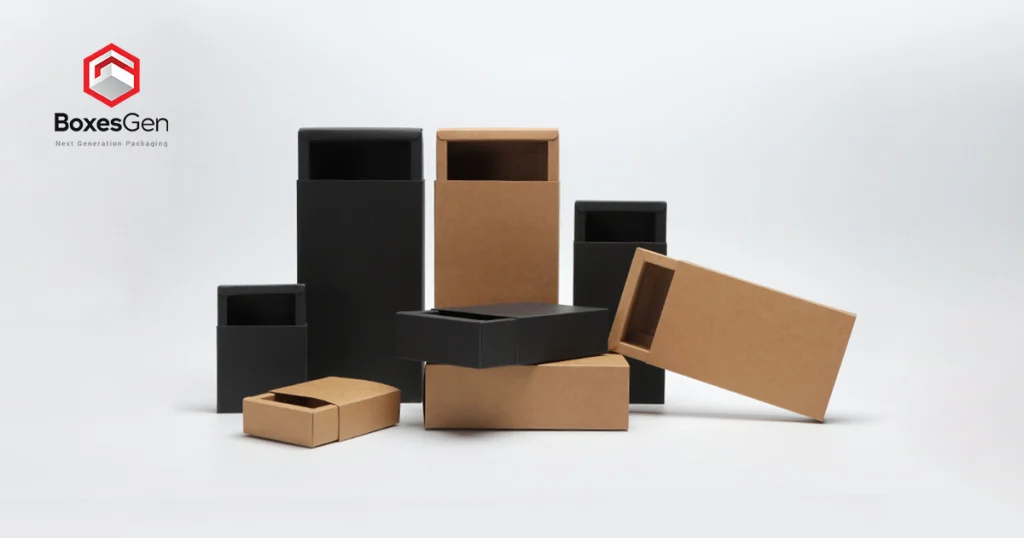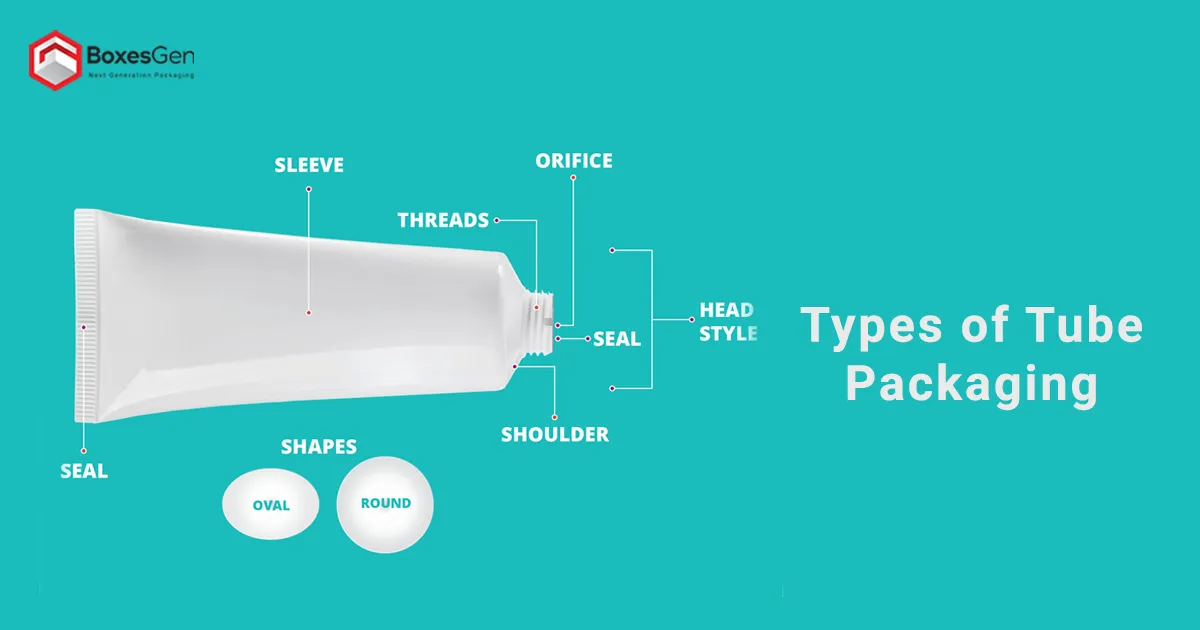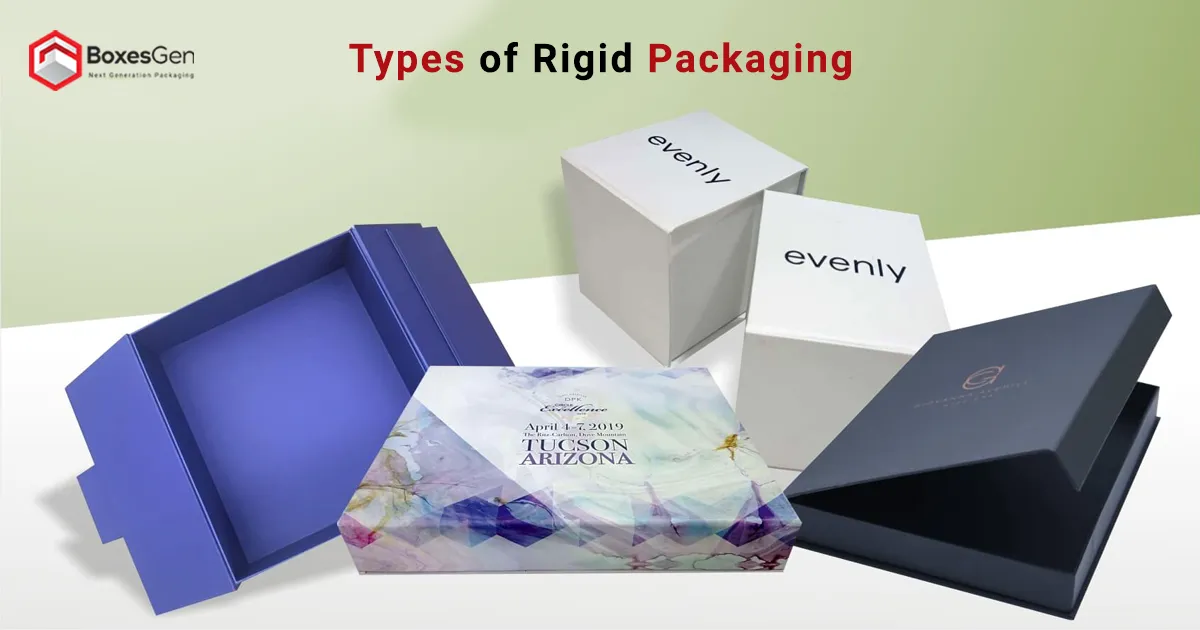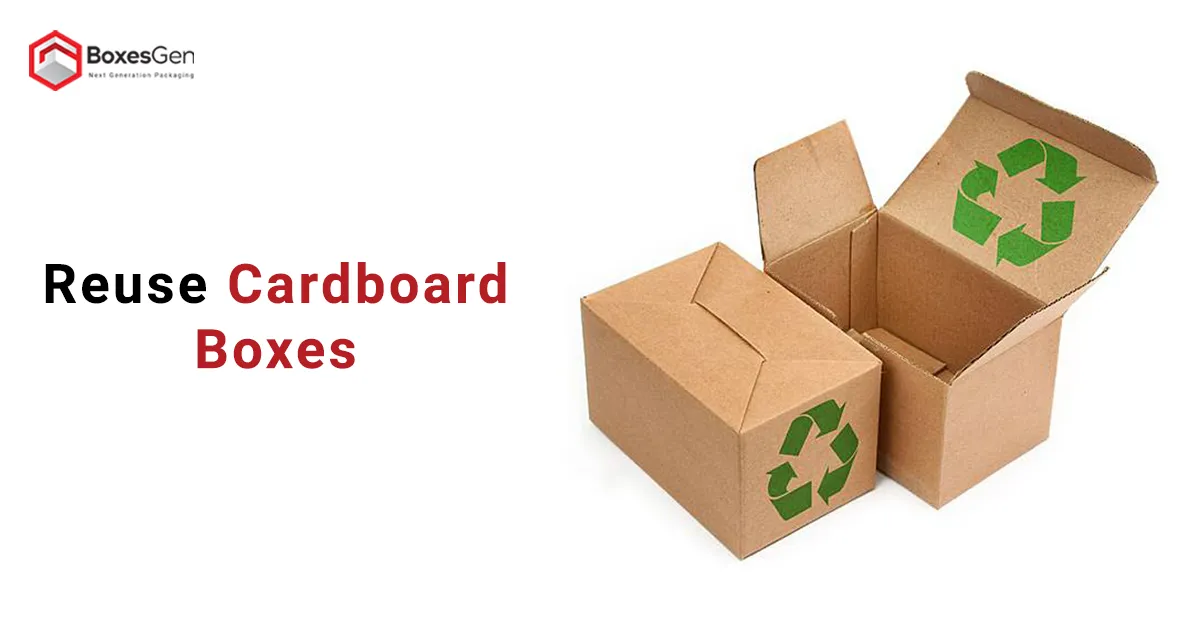How to Make A Small Box Out of Cardboard
Cardboard boxes are versatile and practical storage solutions used in various settings, from organizing household items to packaging products for shipping. This article will provide a comprehensive step-by-step guide on making a small box out of cardboard. Whether you need a custom-sized box or want to save money by creating your own, this step-by-step guide will walk you through the process.
Understanding Cardboard Boxes
Before delving into the box-making process, let’s familiarize ourselves with the different types of cardboard boxes available in the market.
- Cardboard Box:
A cardboard box is a container made from thick paper stock or corrugated fiberboard. It is lightweight, sturdy, and easily customized to suit specific needs.
- Where to Buy Cardboard Boxes:
If you prefer ready-made boxes, you can find them in local office supply stores, packaging suppliers, or online retailers. Look for retailers offering a variety of sizes and qualities to meet your requirements.
- Custom Cardboard Boxes:
Sometimes, standard sizes do not fit your specific needs. In such cases, you can opt for custom cardboard boxes. These custom boxes can be tailored to your desired dimensions, ensuring a perfect fit for your intended purpose.
Materials and Tools Needed
To create a small box out of cardboard, gather the following materials and tools:
- Cardboard Sheets: Choose sturdy cardboard sheets with a thickness suitable for your box’s intended use.
- Ruler: A ruler will help you measure and mark accurate dimensions.
- Pencil: Use a pencil to mark your measurements on the cardboard sheet.
- Box Cutter or Craft Knife: These tools are essential for cutting through the cardboard sheet.
- Cutting Mat: A cutting mat provides a safe and smooth cardboard cutting surface.
- Adhesive: Choose a strong adhesive such as glue or tape to secure the cardboard box’s seams.
- Scissors: Scissors will come in handy for cutting smaller pieces of cardboard or trimming excess material.
Measuring and Marking:
Begin by determining the dimensions for your printed cardboard boxes. Consider the intended purpose of the cardboard box and the items it will hold. Using a ruler and pencil, measure and mark the dimensions on the cardboard sheet.
Cutting the Cardboard:
Carefully cut along the marked lines on the cardboard sheets using a box cutter or craft knife. Ensure smooth and clean cuts by applying pressure and maintaining a steady hand. Work on a cutting mat to protect your work surface for safety purposes.
Assembling the Cardboard Box:
To assemble the cardboard boxes, follow these steps:
- Fold the Sides: Fold the cardboard along the marked lines to create the sides of the box. Apply pressure to create crisp and secure folds.
- Securing the Corners: Apply adhesive to the flaps and join the box’s corners together. Ensure a tight fit to guarantee the box’s stability.
- Sealing the Bottom: Apply adhesive to the bottom flaps of the box and press them together to seal the bottom securely.
- Reinforce the Seams: Strengthen the box’s seams by applying adhesive along the inside and outside edges. This will enhance the durability of white cardboard boxes, especially if they will be used for shipping or heavy items.
Finishing Touches:
Once the cardboard box is assembled, you can add some finishing touches:
- Trimming Excess Material: If there are any protruding edges or excess material, use scissors to trim them neatly.
- Decorate or Label: If desired, you can decorate or label the box to personalize it or indicate its contents. Use markers, stickers, or printed labels for this purpose.
Small Cardboard Boxes for Organization:

Cardboard boxes are excellent tools for organizing small items in your home or office. They can create compartments within drawers, closets, or shelves. You can customize the sizes to fit specific items and optimize your storage space by making small cardboard boxes. Consider labeling the cardboard boxes for easy identification and accessibility.
Cardboard Shipping Boxes:
Cardboard boxes are essential if you run a small business or frequently ship products. Making small cardboard shipping boxes can be cost-effective, especially if you often need non-standard sizes. Ensure the boxes are sturdy enough to protect the contents during transit by reinforcing the seams with strong adhesive and considering the fragility of the shipped items.
Cheap Cardboard Boxes:
Purchasing ready-made cardboard boxes can add cost, especially if you require large quantities or custom sizes. Making your small cardboard boxes is a budget-friendly alternative. You can save money without compromising on quality by repurposing cardboard from packaging materials or using inexpensive cardboard sheets. Reusing cardboard boxes also contributes to sustainability efforts by reducing waste.
Get Cardboard Boxes Wholesale:
If you need many cardboard boxes for commercial purposes, consider purchasing cardboard boxes wholesale from suppliers. Wholesale options provide cost savings, particularly if you require a consistent supply of boxes. When selecting a wholesale supplier, it is important to compare prices, quality, and delivery options to ensure you get the best deal for your needs.
Additional Tips and Considerations:
- Choose the appropriate thickness of cardboard based on the intended use of the box. Thicker cardboard is more suitable for heavy items or shipping purposes, while thinner cardboard is sufficient for lightweight storage.
- Take precise measurements to ensure the cardboard box fits your specific requirements. Double-check the dimensions before cutting the cardboard sheet to avoid any mistakes.
- Experiment with different cardboard box designs, such as hinged lids or removable dividers, to customize your small cardboard boxes for specific purposes.
- Consider adding handles to the boxes for easy transportation and handling.
- If you require added protection or moisture resistance, consider using waterproofing techniques such as applying adhesive-backed plastic sheets or waterproof sealants.
- Apply adhesive evenly and dry completely, providing a strong bond when using adhesive.
- Always exercise caution when using sharp tools like box cutters or craft knives. Work on a stable surface and keep your fingers away from the cutting path to avoid accidents.
Conclusion
Making a small box out of cardboard allows for customization, cost savings, and efficient organization. Whether you need cardboard boxes for personal storage, shipping purposes, or commercial use, this DIY approach offers versatility and practicality. By following the steps provided, considering additional tips, and exploring different box designs, you can create small cardboard boxes that meet your specific needs while enjoying the benefits of affordability and customization.
FAQs
How Do I Make A Small Cardboard Box Without Any Special Tools?
Creating a small cardboard box without specialized tools is possible. You can use a ruler, pencil, scissors, and adhesive such as glue or tape. Measure and mark the dimensions on the cardboard cut along the lines using scissors, fold the cardboard to form the sides, secure the corners with adhesive, and seal the bottom to complete the box.
What Type of Cardboard Is Best for Making Small Cardboard Boxes?
For small cardboard boxes, it’s recommended to use a sturdy cardboard material that provides sufficient strength. Corrugated cardboard or thick paper stock is commonly used. It should be able to hold the weight of the items you plan to store or ship in the box. Ensure the cardboard is not too thin to avoid the risk of the box collapsing.
How Can I Customize the Size of A Small Cardboard Box?
Customizing the size of a small cardboard box is relatively simple. Using a ruler and pencil, measure and mark the desired dimensions on the cardboard sheet. Ensure accurate measurements for a precise fit. Then, cut along the marked lines and proceed to fold, secure the corners, and seal the bottom to create the custom-sized box.
Can I Decorate Small Cardboard Boxes?
Absolutely! Small cardboard boxes can be decorated to add a personal touch or help with identification. You can decorate the box with markers, paint, stickers, or even wrapping paper. If you plan to label the box, consider using clear and legible writing or printed labels for easy identification.
Are Small Cardboard Boxes Suitable for Shipping Fragile Items?
While small cardboard boxes can be used for shipping, the suitability for fragile items depends on the sturdiness of the cardboard and the level of protection needed. For fragile items, it’s advisable to choose a thicker cardboard material or reinforce the box with additional padding, such as bubble wrap or foam inserts. Consider the fragility of the items and the potential impacts during transit to ensure proper protection during shipping.








